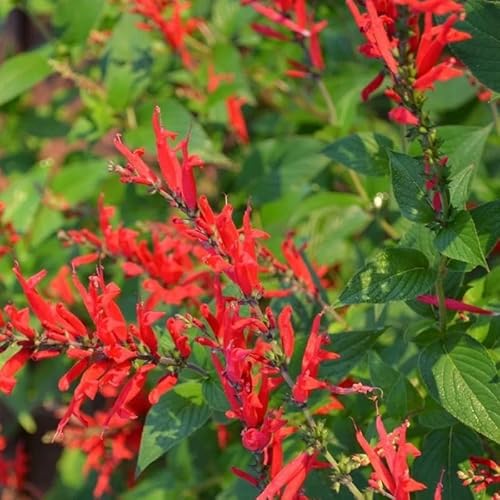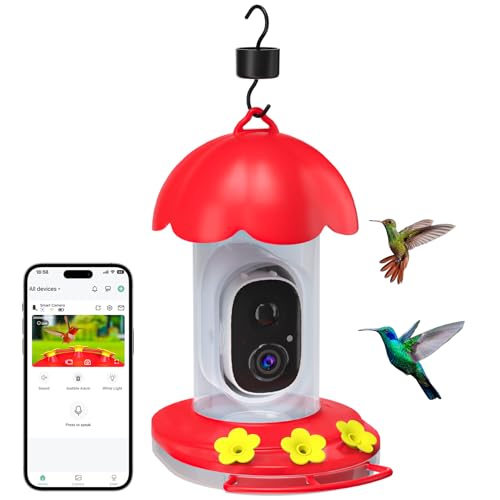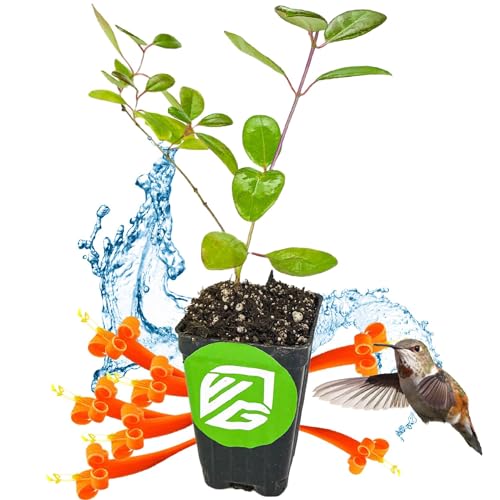How to create a hummingbird border – expert advice to transform your plot into a wildlife-friendly sanctuary
These simple actions will make your yard attractive to native hummingbirds
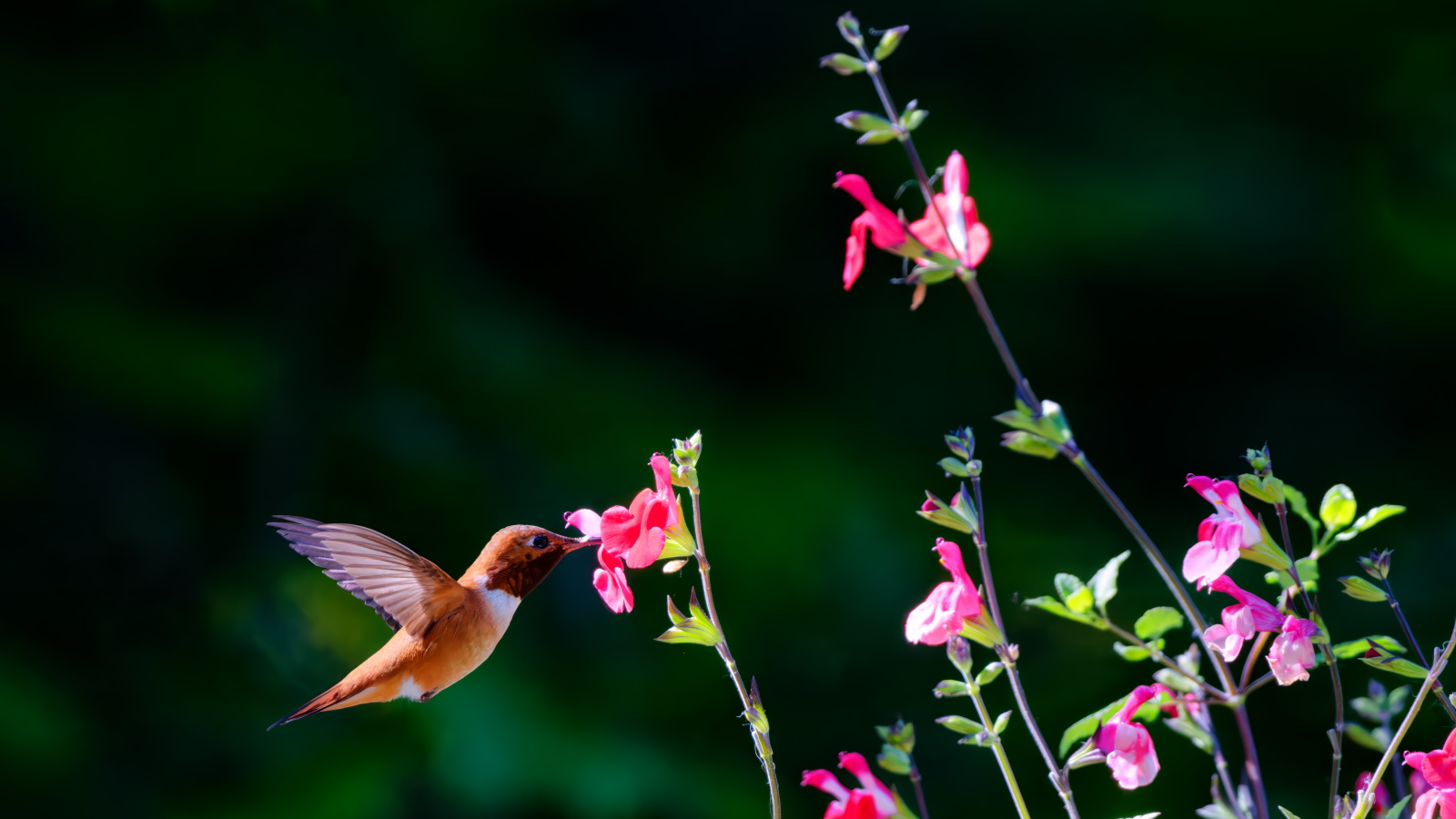

Even the smallest border can make a big difference when it comes to wildlife. I’ve seen it happen in city gardens where a strip of planting, no more than a few feet wide, becomes a hub for hungry bees, butterflies and, yes, hummingbirds too.
These little patches may look modest to us, but to wildlife, they’re an entire world of nectar, shelter and food. Garden borders, I think, should be seen as collaborative spaces that are not just decorative, but can also become wildlife sanctuaries.
So, if you fancy learning how to attract hummingbirds to your plot this year, then you have come to the right place. Not only is learning how to create a hummingbird border a no-brainer if you want to welcome wildlife into your yard, but it can also look spectacular, too.
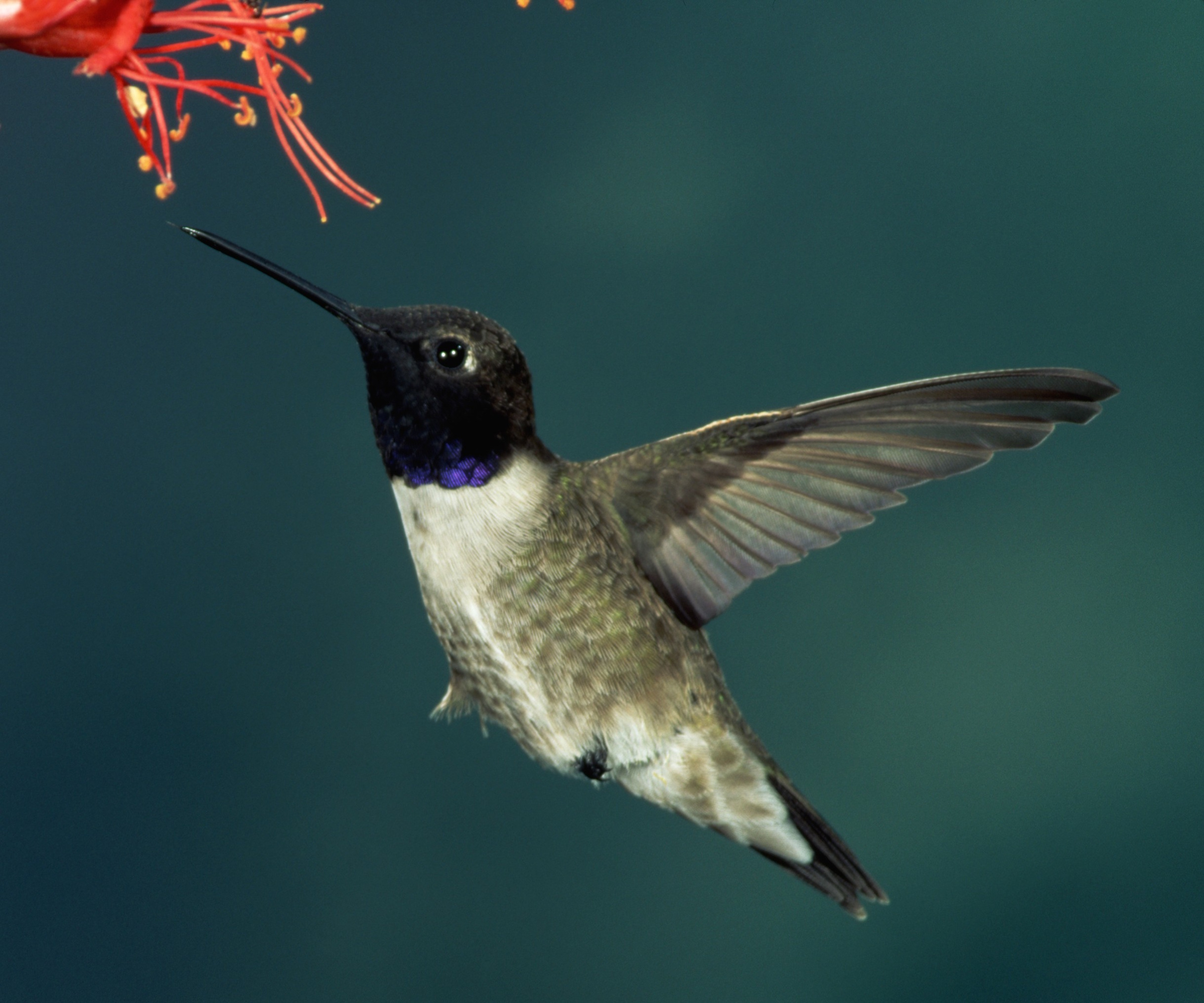
How to create a hummingbird border
Hummingbird borders will always do best in a sunny spot, where nectar-rich tubular flowers can soak up many hours of bright sunshine. But don’t fret if your plot is a little darker than you’d like – nectar-rich flowers can be grown even in full shade.
The trick is to choose species that suit the conditions in your yard, leaning on planting and wildlife garden ideas that are right for your local climate and your US hardiness zone.
1. Layering plants for a hummingbird border
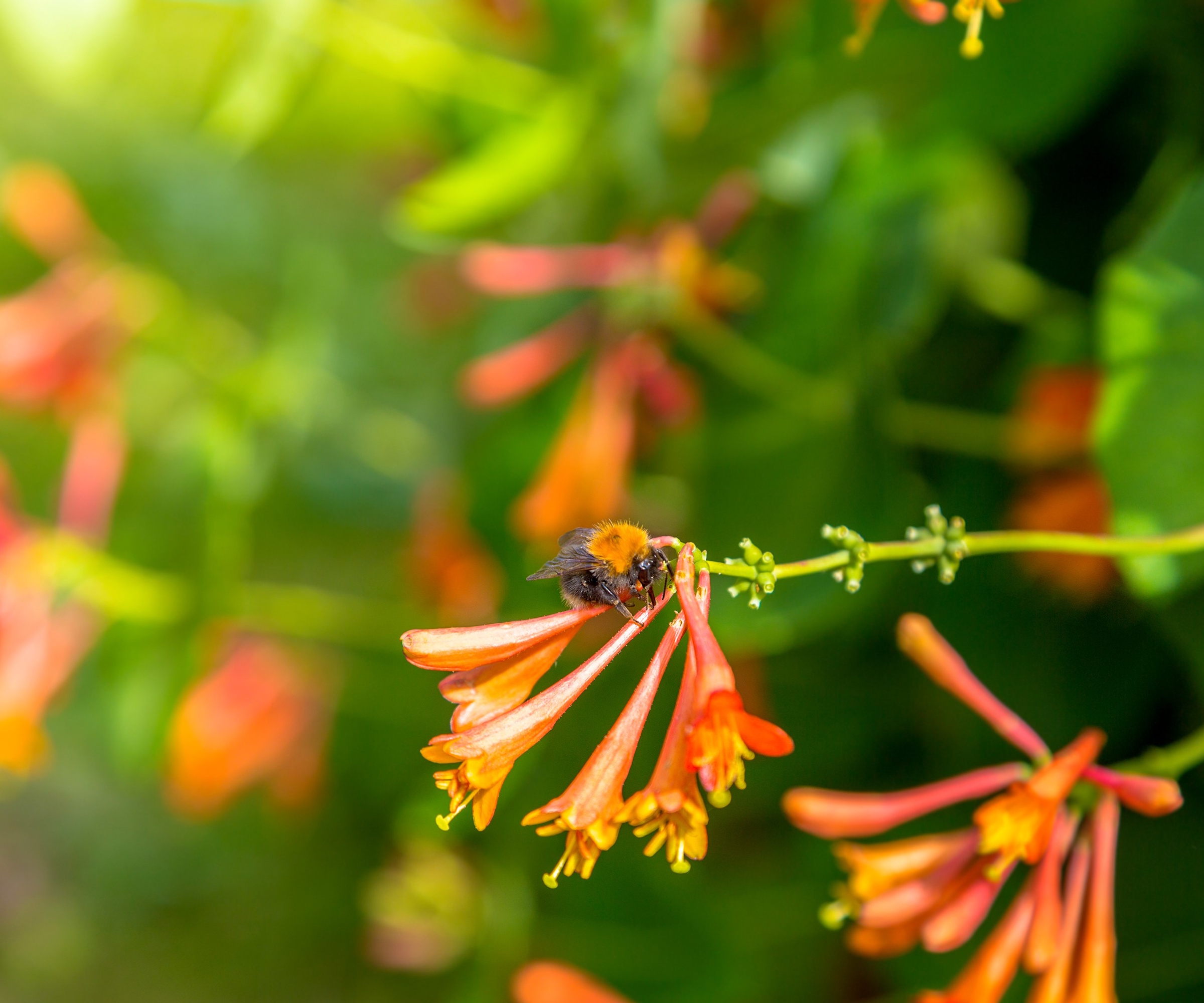
To successfully create a hummingbird border, it is best to think in layers. That is, you want ground cover plants low down, some of the best perennials and shrubs in a mid-layer, and trees to add height and structure, too.
This way, you are making the most of your space. Growing in layers is also far more pleasing to the eye, as well as to a range of different pollinators and birds.
Design expertise in your inbox – from inspiring decorating ideas and beautiful celebrity homes to practical gardening advice and shopping round-ups.
So, you want to use low growers at the front, including ground cover plants to attract hummingbirds like ajuga and thyme. Creeping phlox is a good native plant option, too, which is ideal for covering the front of the border.
Live creeping phlox plants are available to order from Amazon.
Behind these, midsize perennials like this electric pink bee balm, with live plants available from Amazon, as well as black-eyed Susans, to add bulk and nectar. Plant in drifts, so it feels natural and doesn't feel like a height-ordered border.
Throughout the border, you want to dot taller species, things like hollyhocks, sunflowers or even ornamental grasses, which will add height and movement.
This tiering doesn’t just look good; it gives hummingbirds natural flight paths in and out of the border, as well as providing cover and protection.
Adding one or two trees that attract hummingbirds is also a good idea, not only for sustenance, but as a place for them to perch and nest.
Try this live tulip tree sapling, available from Amazon, which will prove irresistible to hungry birds.
2. Use nectar-rich tubular flowers in a hummingbird border
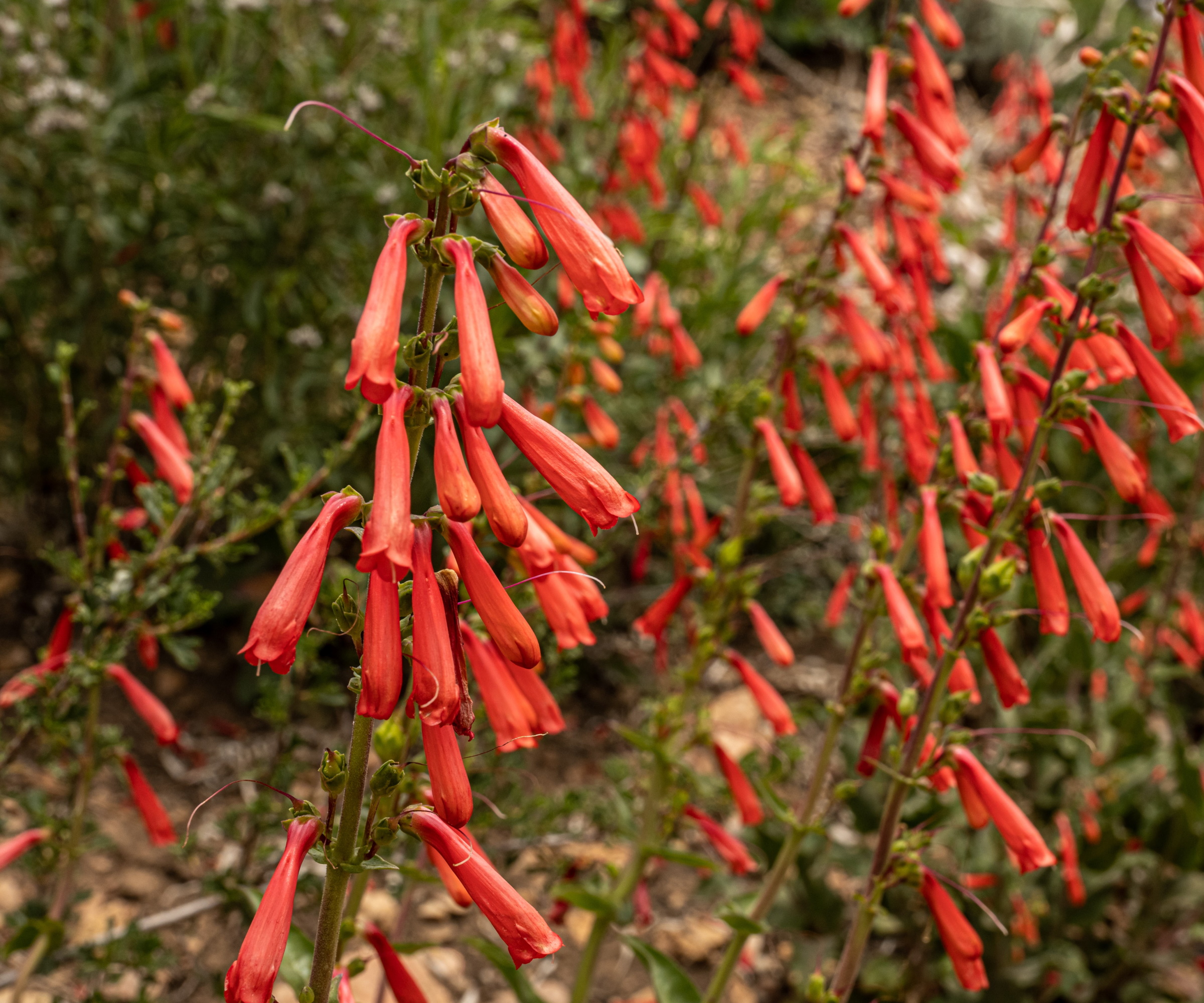
Hummingbirds are specialists when it comes to blooms. And, with such long bills and tongues, you might have guessed that they are adapted to feast on the nectar found within tubular flowers.
So, adding plenty of trumpet-like, longer blossoms is a good idea. Think salvias, trumpet vine and coral honeysuckle.
Live coral honeysuckle plants are available to order from Amazon.
The trick is in the timing of your flowers, however. You want a mixture of tubular flowers throughout the growing season.
So, you want to ensure that you grow flowers that attract hummingbirds that bloom in early spring, when the hummingbird migration sees many species return to North America from the south. Early flowering tubular blooms include things like weigela.
Then, later in summer, you have honeysuckles and bee balm, and then, at the end of the growing season, things like penstemon will keep the show going until the first frost.
Try this lilac-flowering 'Prairie Dusk' penstemon, available now via Amazon.
Planting a range of tubular flowers that open at different times will keep visiting hummingbirds happy (and well fed) from April through October.
Variety in your hummingbird border means there’s always fuel available, so you’re less likely to see birds bickering over a single nectar source. A succession of blooms, then, is the secret to success.
3. Adding water to a hummingbird border
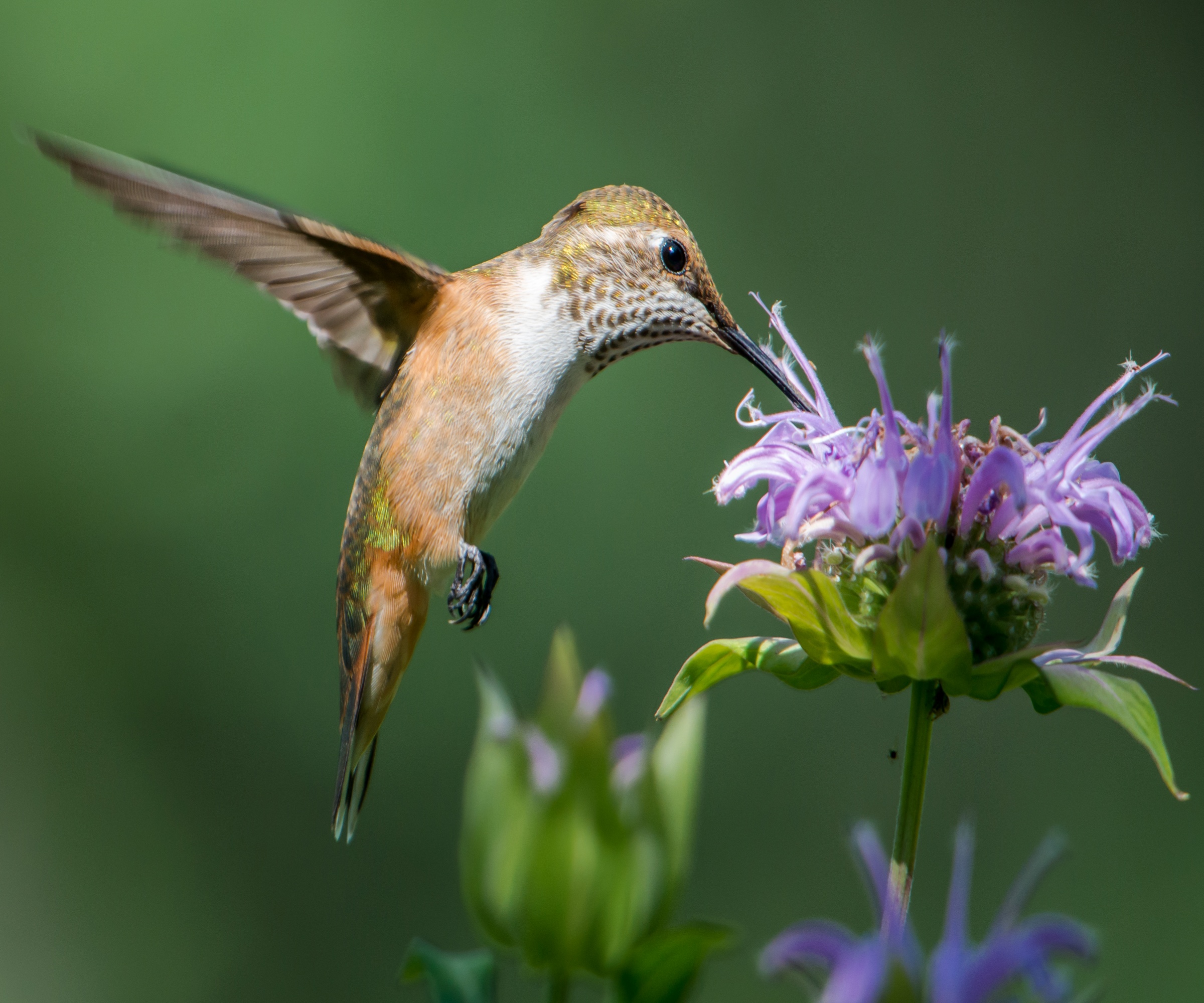
Nectar alone, however, won't cut it. Hummingbirds also need water, not just for drinking, but for bathing.
Keep things shallow. Opt for a bird bath or butterfly puddler that is both wide and shallow, like this vintage-looking iron pedestal bird bath available from Wayfair.
Position bird baths in the border, covering the base or the pedestal with lush foliage and flowers.
And, if you want to go one step further, add a solar-powered bird bath fountain, available now via Amazon, which will lure in darting hummingbirds as they feast.
If you can, position your hummingbird border close to a patio or dining area, so that you can watch hungry birds darting in and out, from shrub to plant and back again.
And, if you are keen to invest in some wildlife gadgets this year, why not try a hummingbird feeder camera, which can take high-quality images of visiting and migrating birds passing through your yard?
This highly rated hummingbird feeder camera by Birdfy, available now via Amazon, will allow you to enjoy plenty of impressive shots.
Shop hummingbird accessories

Thomas is a Content Editor within the Gardens Team at Homes and Gardens. He has worked as a professional gardener for both public spaces and private estates, specializing in productive gardening, growing food and flowers. Trained in Horticulture at the Garden Museum, he has written on gardening and garden history for various publications, including The English Garden, Gardens Illustrated, Hortus, The London Gardener and Bloom. He has co-authored a Lonely Planet travel book, The Tree Atlas, due out in 2024.
You must confirm your public display name before commenting
Please logout and then login again, you will then be prompted to enter your display name.
